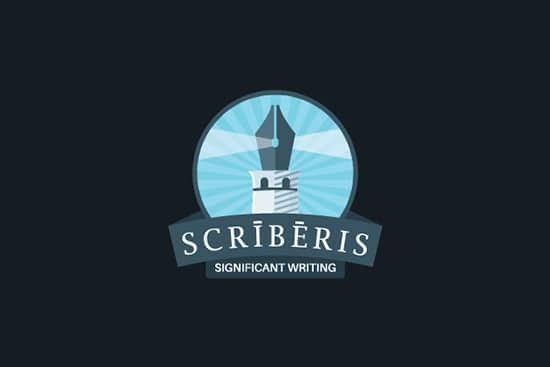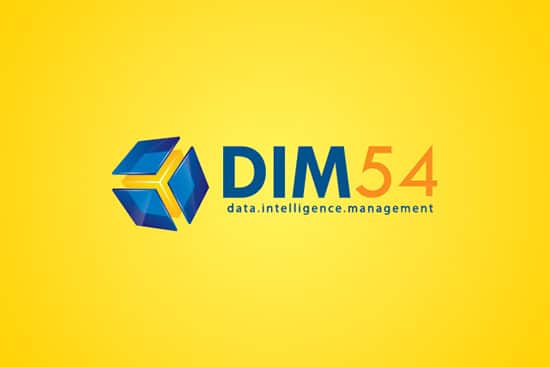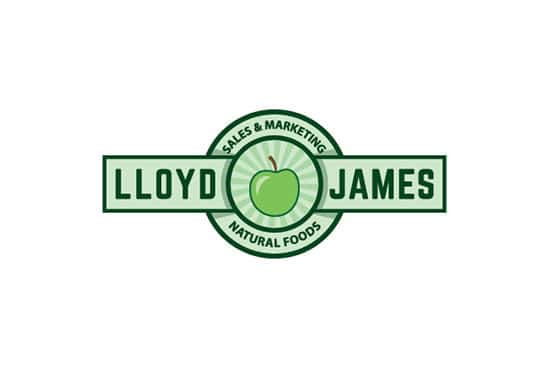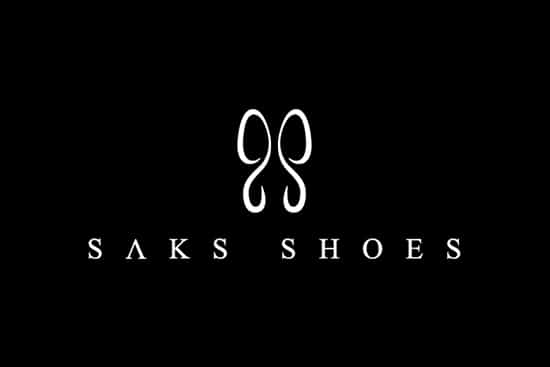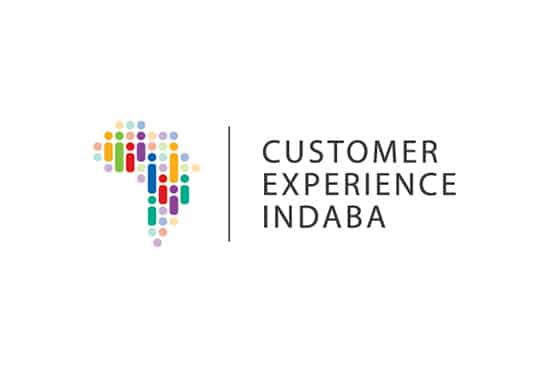12 Questions with Self-Taught Designer and crowdspring Creative jhharoon

In our 12 Questions blog series, we feature interviews with someone from the crowdspring creative community of 210,000+ designers & writers from 200 countries.
Today we feature Jahanzeb, who goes by the username jhharoon.
Jahanzeb is a self-taught designer (and self-proclaimed handyman) from Pakistan.
He has worked on crowdspring for over seven years.
During that time, Jahanzeb has participated in over 1,274 projects with a focus on logo design and helping companies create a brand identity.
We asked Jahanzeb 12 Questions about design, creative inspiration, and what it’s like working on crowdspring:
1. Please tell us about yourself.
Hello, my name is Jahanzeb Haroon.
I grew up and live in Rawalpindi, which is the twin city of Pakistan’s capital, Islamabad. I’m a full-time freelancer and father of three kids.
My life resides in a triangle: work, family, and sleep.
My main focus in graphic design is logo design but I also do other projects from time to time.
2. How did you become interested in design?
I’m a self-taught designer and began designing professionally in 2012.
I never planned to be a designer. Instead, I worked as a computer technician and in my free hours, I spent time on the internet looking for new opportunities.
In 2011, I found a website that was offering logo design projects for freelancers. I had been using Photoshop for fun for almost a decade at that point so I tried my luck and started participating.
After six months with zero success, I realized that logos are not made in Photoshop but in Illustrator. I watched a few videos about Illustrator and learned the difference between Vector/Raster and RBG/CMYK, and more. Then, I installed Illustrator and started learning it by myself.
I remember the designs I made in the beginning. They were awful.
For two months, rather than participating in any projects I just watched the projects. I studied other people’s designs: what they were making, what customers liked, and what design trends were popular. I studied the design briefs in detail and compared it with the winning designs.
Eight months after I started designing logos, I won my first project.
That day was a game changer for me: I knew that I could design and that buyers would like my designs.
From that day forward, I thought of myself as a professional graphic designer. People paid me to design for them.
3. What led you to start using crowdspring?
After my first winning design, I began searching for other freelance websites. I found crowdspring on a search engine.
The thing that most attracted me to crowdspring was its friendly and funny quotes. The first thing that made me smile was when I clicked on a project and got the following message.
“This project is Double Top Secret. Just kidding – all you need to do is log in and you’ll be able to view the details.”
There are many other things that set crowdspring apart from others. The more I participated in projects on crowdspring, the more I liked it and decided to stick with it.
4. What inspires you?
If I had to describe all of my inspiration in one word, then it would be “Uniqueness.”
5. How would you describe your style?
I don’t like to stick with one style, I always love trying something new.
I have seen some designers who follow only one style and even if their designs are well-done, all of their work looks very similar to me.
Some of the styles I enjoy working with are Minimal, Retro and Modern.
6. What is the design process like for you? How do you start?
First, I read the brief and view all the relevant files and links. Then, I create a new file in Illustrator to write/draw my thoughts during the design process. I try to jot down the things that are relevant to the design and try to work out those concepts.
For example, if the project is for a restaurant’s logo then I think about the items that remind me of a restaurant: fork, spoon, knife, chair, table, napkin, bow tie, hospitality, elegance etc.
I pick one or two words and start working on the concept. Meanwhile, I search for relevant designs online for two reasons: to get inspiration, and to refine my concept if it has been done too many times by other designers.
Once I get the right concept, which can be the most difficult part, I try to refine it and find the relevant font.
I try my best to use a font that is free for commercial use so that the client doesn’t have to spend money on a font. Font law can be tricky.
Once I’m done with the first round of designs, I upload the files and wait for the buyer’s feedback.
Once I get the feedback, I try to respond as quickly as I can. I provide multiple variations of my concept to give the buyer options and help them make the final decision.
During the final handover, I give the buyer all the needed file formats they can easily use the design for both print and web.
7. What do you do in your free time?
In my free time, I serve as an electrician, plumber and general handyman in my house. What else you can expect from a guy who works from his home?
When I have some extra time, I love to watch movies.
8. What is your most memorable project on crowdspring?
Rather than participating in projects with high awards, I prefer to participate in projects where the buyer’s feedback score is “Amazing.”
The best projects are the ones in which the buyer provides me detailed feedback on my designs so that I can create the perfect design for them.
9. Tell us what you’ve learned since joining crowdspring.
A lot.
One thing that I specifically want to mention is that crowdspring taught me to work on my own original concepts.
Crowdspring has a very strict policy about generic designs, and I’m very thankful for that because that led me to discover new ideas and come up with unique concepts for every project.
10. What is your favorite part about working on crowdspring?
I don’t have just one favorite. And it’s not because I’m getting interviewed by you, I really like the options that crowdspring provides me which others don’t.
crowdspring is user-friendly. As I mentioned earlier, the friendly messages I get on different events are really enjoyable and helpful in a typical stressful work day.
crowdspring also protects intellectual property. If you create something then it belongs to you, and crowdspring really cares about that. They take rapid action if someone copies a design.
The hidden ratings are one of my favorite features on crowdspring. I have used some other websites, and it feels very annoying when designers start copying high rated designs. On crowdspring, I can participate in any project without worrying about it.
Finally, I don’t remember the last time it took more than 12 hours for customer support to contact me whenever I need them. I usually get their response within 2 to 3 hours.
Once, I sent an email on a Sunday about an issue and within hours I got a response from Ross Kimbarovsky. I have never ever had an experience like that before where the CEO of a company answers a usual support query. Thanks, Ross, you are awesome.
11. If you weren’t designing on crowdspring, what would you be doing?
I’m a handyman, I love to do work with my own hands. Making new things by hand is extremely satisfying. If I was not designing, I think I would be making something else that satisfies my creativity.
I am also planning to create a channel on YouTube about Adobe Photoshop, Illustrator and other software training in Urdu. But, this is still under consideration along with my other 3,552 other plans.
12. How do you see graphic design changing in the coming years?
Gradients, small details, multicolor, and designs that are hard to fit in a square and are totally out.
Minimal app-like icons with bold line art, negative space, and two colors max are in.
Design Done Better
The easiest way to get affordable, high-quality custom logos, print design, web design and naming for your business.
Learn How to Grow Your Business With Beautiful Design

